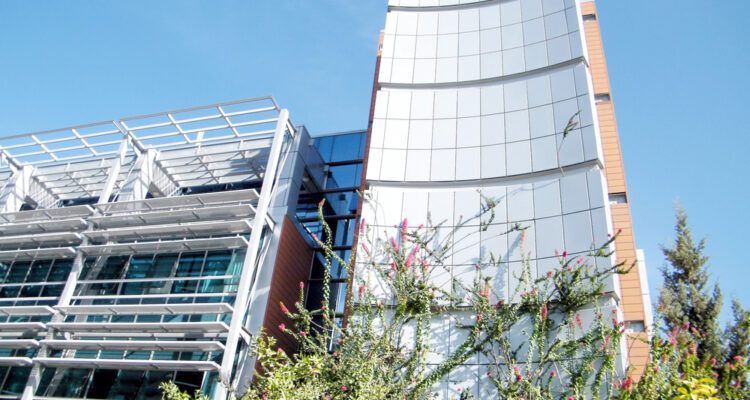The researchers found that the rats are highly sensitive to even the smallest currents of air.
By Pesach Benson, TPS
Rats are known for their ability to navigate dark, labyrinthine environments with remarkable ease.
Whether scurrying through subway tunnels or burrowing through intricate underground networks, scientists have long been intrigued by the rodents’ uncanny ability to find their way even in pitch-black conditions.
But, Israeli scientists uncovered a piece of that puzzle with findings that could inspire the development of more sophisticated navigation systems for robots or drones that operate in dark environments and lead to a deeper understanding of how the brain integrates various sensory inputs to create a coherent perception of motion.
A team of researchers from Bar-Ilan University found that rats use the subtle currents of air around them to help perceive their own motion in space.
The study, led by Prof. Adam Zaidel and published in the peer-reviewed Current Biology utilized a novel motion simulator to investigate how rats perceive self-motion.
The simulator, a one-of-a-kind system designed specifically for this research, employed a pair of synchronized industrial robotic arms to create controlled motion stimuli for the rodents, allowing the researchers to study the rats’ responses to motion in a highly controlled environment.
As the rats moved within the simulator, they were exposed to varying airflow conditions.
The researchers found that the rats are highly sensitive to even the smallest currents of air.
By integrating this sensory input with their sense of balance, rats can enhance their perception of motion, enabling them to navigate with precision even in the absence of visual cues.
This discovery marks the first time that airflow has been identified as a critical factor in the self-motion perception of rodents.
“Air is all around us, and often goes unnoticed. We would not typically think of air as an important cue for perceiving self-motion in space,” Zaidel said.
“But with these findings in mind, airflow likely plays a more important role in perception and navigation than previously considered.”





